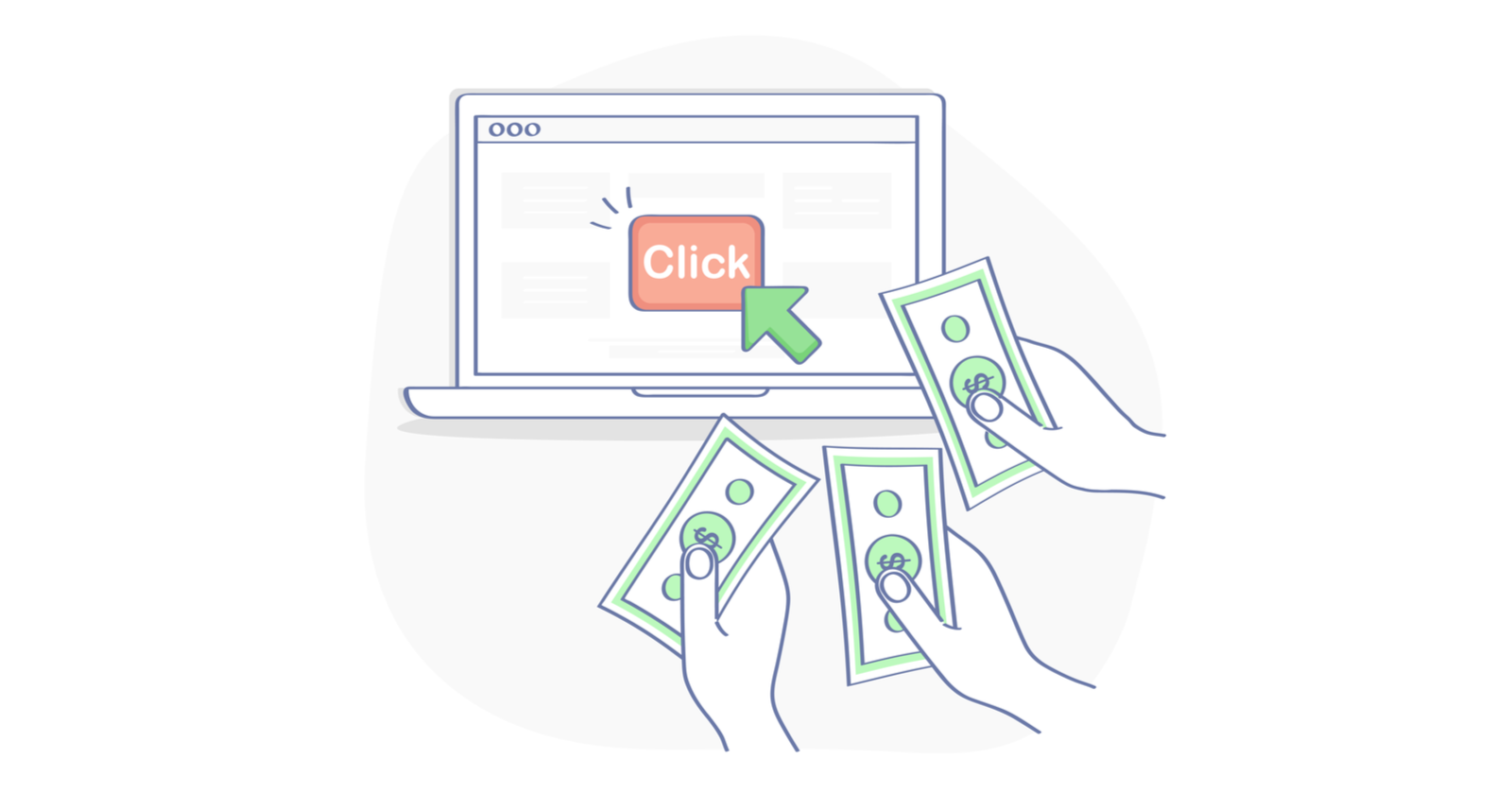How and how often do you optimize bids?
The ideal frequency depends on:
- Campaign goals.
- The amount of data available to your ads and keywords.
- Competitive landscape.
Still, it is safe to say that a regular bid review is needed.
Thankfully, with all the automation solutions, bid management can be systematic. Advertisers quickly get access to the same engine features.
That is not to say, though, that automation can take all aspects of bid management decision making off your hands.
Sure, automation supports scale, allows for complex rule setup, and enables optimization to multiple goals.
However, as with any campaign settings, a “set it and forget it” approach will not support long-term success.
While it is tempting to put bidding on autopilot with auto-bidding, that will not achieve strategic advantage vs. competitors.
To stay ahead in the long run, consider these four strategies to enhance your automated bidding.
1. Don’t Set & Forget
The first step toward best-in-class bidding is to periodically re-evaluate your bidding approach.
Rather than having an artificial schedule (e.g., monthly, quarterly), develop a schedule based on your business cycles.
Peak traffic periods, times of low or steep competition, new product launches, etc. often do not align squarely with calendar months and weeks.
Adjusting your bids leading up to, during and key business events will ensure the budget is spent wisely and the latest competitive insights are taken into account.
2. Incorporate Additional Data Sources for More Holistic Optimization
To further up your bidding game, incorporate multiple data sources into your bid rules.
Engine-specific tracking solutions are great at optimizing but are limited in the information accessible to their tools by what their pixels can track.
For example, Google’s attribution models operate with the walled garden of activity measured by their pixel.
While campaigns are seemingly optimized and data is attributed within the multi-touch approach, that is really within the limited view available to the pixel – not multi-touch in the full sense of that concept.
To solve that challenge, create metrics within your analytics platform and import them into your paid search platform or bid management tool to create custom metrics.
This will allow optimizing with the knowledge of the entire digital activity, rather than the slice available by default to your paid search tracking.
This additional data can include activity from other channels, but also onsite intelligence.
Consider supplementing traditional KPIs like conversions, CVR, and ROI with onsite engagement metrics (form actions, page views, time on site, etc.) to create weighted, blended metrics.
With the help of third-party providers, it is now also possible to incorporate data via APIs around:
- Behavioral insights.
- Weather patterns.
- Demographics.
- Other insights.
Typically associated with non-paid search channels, this data can be successfully incorporated with paid search campaigns.
Yes, in-engine advanced demographics audiences allow this.
However, they offer only a few dozen categories. Third-party providers can offer hundreds, if not more potential categories, to take advantage of bid adjustments.
The extra data and insights are particularly valuable for optimizing for mid and upper funnel activity.
Say there are two generic keywords with similarly low ROI, but one has better consistently better onsite engagement.
This can inform creating a bid rule for situations when low ROI terms are worth continuing to pursue.
3. Add Custom Modifiers Based on Conversion Stages
Say your site only sells one product or provides a single service. Or the site is simply small due to the narrow scope of your business.
While there is much less on-site intelligence to incorporate, there is still potential to enhance paid search bidding beyond the traditional bid to conversion approach.
Develop rules and optimize to different stages of the conversion path. Of the many users who enter the conversion path, usually only a fraction converts.
The other users are still more valuable than those who didn’t even start a conversion path signaling that keywords that brought them are still valuable.
Group this activity into sets of users of different value and develop distinct bidding strategies for each one.
4. Generate Savings with Negative Bid Adjustments
One often overlooked aspect with bid rules is how they can save budget, not just help drive aggressive visibility and return on investment.
Be sure to set up bid tools that reduce bids based on these situations.
Paying More Does Not Lead to Incremental Benefit
For example, many branded terms have limited competition and escalated bidding does not lead to incremental gains.
Why continue bidding more if it will barely affect impression share or conversion volume?
This is an excellent chance to save a buck, lower bids and reinvest into where the budget will go further.
Build up Savings Based on Seasonality
If there is a lot of volatility throughout the year and competition is strong, there is an additional incentive to bid down and build up savings.
Even if metrics suggest bidding up, one may want to still bid down to build up savings.
This reserve can then be deployed at a later point when competition and/or search volume is highest.
As with any strategy, bid management is most effective if combined with other measures.
Revisit your ad messaging and landing pages as you develop bid management strategies for maximum impact.
If bids are raised for a more aggressive push, competitors will likely respond with a counter move.
For ongoing bid tweaks, it is impractical to change ads or landing pages.
However, for longer-term shifts in bidding strategies, more compelling ad text and, if possible, a custom landing page, can really help.
After all, bid management only helps the ad to be triggered.
It is the ad message that will compel the user to click to the site and landing page that will motivate the user to engage with its content to convert.
So get really smart about your bidding.
For a truly winning strategy:
- Enhance default automated rules of the engine platform and/or your bid management tool with additional data.
- Be sure to look for savings and set up multiple rules based on users’ conversion path engagement.
More Resources:





![[SEO, PPC & Attribution] Unlocking The Power Of Offline Marketing In A Digital World](https://www.searchenginejournal.com/wp-content/uploads/2025/03/sidebar1x-534.png)